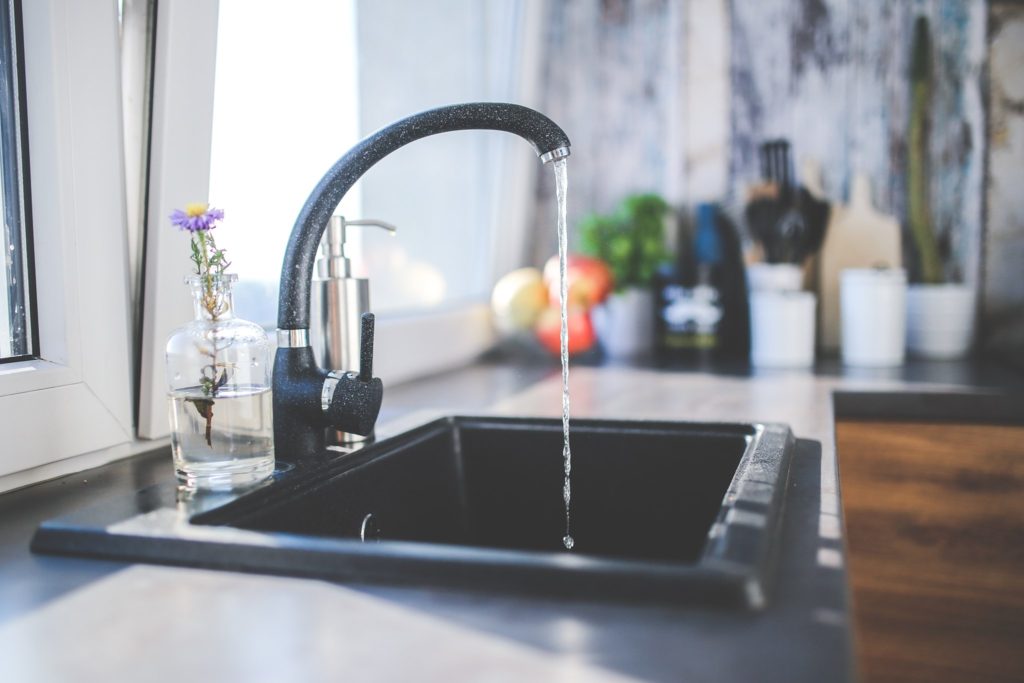Where Does it All Go?

Have you ever wondered what happens when you flush your toilet, run the sink or your washing machines? In this article, we share the step by step process to see what all goes into one of society’s most under-appreciated systems. Let’s take a journey through the path of wastewater!
Although Wastewater Treatment is a common process and part of everyday life, many do not realize how intensive, both in energy and infrastructure, the Wastewater Treatment & Collection Process really is.
Drain System & Lift Stations
It all starts when use of clean water, sourced from a Water Filtration Plant, is disposed of when you run your sink, toilet or any other water supplied equipment in your residence or business. Each building is plumbed with a drain system, routing all the wastewater from the building to the sewer main run along the street.
Sewer mains are gravity fed. When an upward gradient is to be overcome, a Lift Station is implemented to overcome gravity and keep the sewer main flowing towards its next destination.

Mechanical Separation
We have finally made it through all the sewer mains and lift stations to reach the treatment plant! The first stage, known as pre-treatment, is mechanical in nature. Here, a large agar and screen help remove any large pieces of debris to be disposed of prior to further treatment.
When we think of wastewater, we don’t typically think about the solid waste produced from the process. In fact, solids play a major role in the wastewater treatment process. After mechanical straining, the wastewater sludge is settled and separated from the liquid fraction. The sludge is further processed by either anaerobic or aerobic digestion. After digestion, it is dewatered and hauled away from the facility. Many plants are finding ways to further process this solid fraction to repurpose it as a nutrient rich soil amendment for horticultural and agricultural use!
Secondary Treatment Process
Now that we have moved past the mechanical phase and solids separation, we enter the secondary treatment process. This is where the biological process of wastewater treatment happens. Microbes, such as bacteria and protozoa, consume nutrients and break down waste particles to make the water safe for discharge. Amazing to imagine that such an essential process in society depends so much on microscopic organisms invisible to the naked eye!
Tertiary Treatment
Wastewater leaving Secondary Treatment is then ready for further filtration and disinfection to remove remaining pathogens or suspended solids prior to clarification. This can be done by various means including chemical chlorine contact, UV sterilization lamps, and filtration. Polymers can sometimes be added at this step, causing suspended solids to clump together to be filtered out.

Clarification & Sedimentation
In our series of The Path of Wastewater, we are about to reach the final point of discharge back into the natural environment. Recall that secondary treatment is where the biological process from the microorganism reduces nutrient levels to meet the discharge limits specified by state regulations. Prior to discharge, sediment generated from the biological activity from secondary and tertiary treatment (also known as ‘floc’) must be settled out to produce a final water product that is clean and clear.
To do this, the water is run through sedimentation basins or clarifiers. Once the floc and sediment has settled, the final effluent is clean and clear to be discharged back into the environment.
It is amazing to think of how much goes into the wastewater treatment process; something we utilize every single day, with little thought into how much goes into it. To sum it all up and see the path of wastewater start-to-finish, check out this video from the National Science Foundation!

